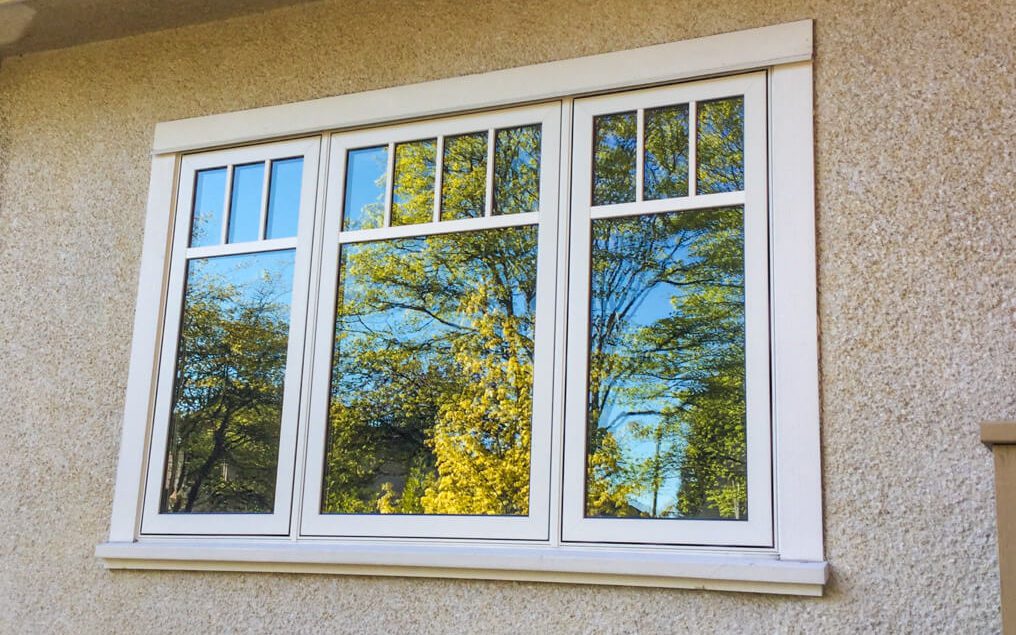How to Prepare and Seal Your Windows for Summer

When cold weather hits, folks talk about winterizing. After all, it’s not ideal for liquids to freeze and burst pipes, or to have a hefty heating bill because of drafty windows. But as the cold finally lifts and warm weather is welcomed, it’s time to think about summerizing. Some of the jobs you can do in the warm weather will help keep your home cool, while others are just more pleasant to do when it’s not frigid outside. Here are five things you can do in order to prepare and insulate your windows for summer.
Clean your windows.
Although spring cleaning gets all of the kudos, you should wait until the pollen clears to “summer clean” your windows instead. Wipe both sides of your window panes, take the time to remove and wash your window screens, and deep clean the sills both inside and out. If all of that puts you into cleaning mode, try vacuuming or washing curtains and dusting off the blinds and curtain rod.
Inspect your weatherstripping.
All of our Long Life Windows and Doors products are installed with three layers of high quality weather stripping, it is under warranty if it ever needs to be replaced. However if you haven’t had a chance to upgrade your windows, here is a tip to help make your older windows more energy efficient in the meantime.
Weatherstripping is a thin piece of rubber, felt, foam, silicone, or vinyl used to fill in gaps where air could move in and out throughout your home. It can help you save on your energy bill by sealing off drafty areas while still allowing your windows to move up and down effortlessly. Open and close your windows and observe your weatherstripping. If any is loose or coming apart, you may need to replace or repair it.
Check your caulking.
Caulking differs from weatherstripping because caulking forms a permanent seal and doesn’t allow windows to move freely. If you have an older home, there may be stationary windows that were never intended to move, so inspect those windows for drafts and recaulk if necessary. If your window frames or sills have cracks or large openings, add caulk according to the manufacturer’s instructions to repair the areas and block airflow. However, be careful that you don’t accidentally seal the windows shut.
Gauge the sunlight.
Pets, humans, and plants all enjoy basking in the glow of sunlight, but in the summer, the sun’s intensity increases, which means you could be unintentionally heating your interior. Of course, windows are the primary way light enters the home, so take note of how the sun moves throughout your house. Adding blackout curtains or closing certain binds at specific times can help your windows block the sun and keep your cooling bill more manageable.
Consider replacement windows.
Sometimes windows need replacing. A cracked pane or gaps between the pane and window housing can indicate that it’s time for a refresh. Of course, we’d be happy to give you a consultation and guide you on your quest to get new windows if replacement ends up being the best solution. We would be more than happy to prepare a quote and develop a plan to make your home safe and efficient!
